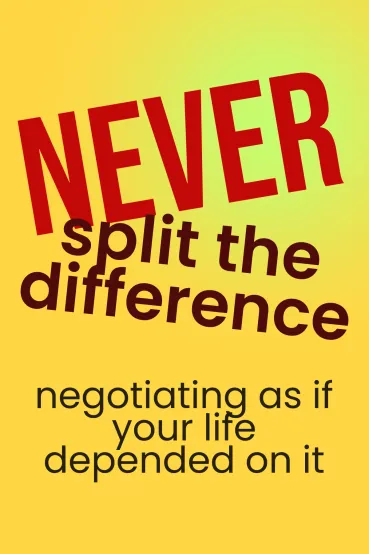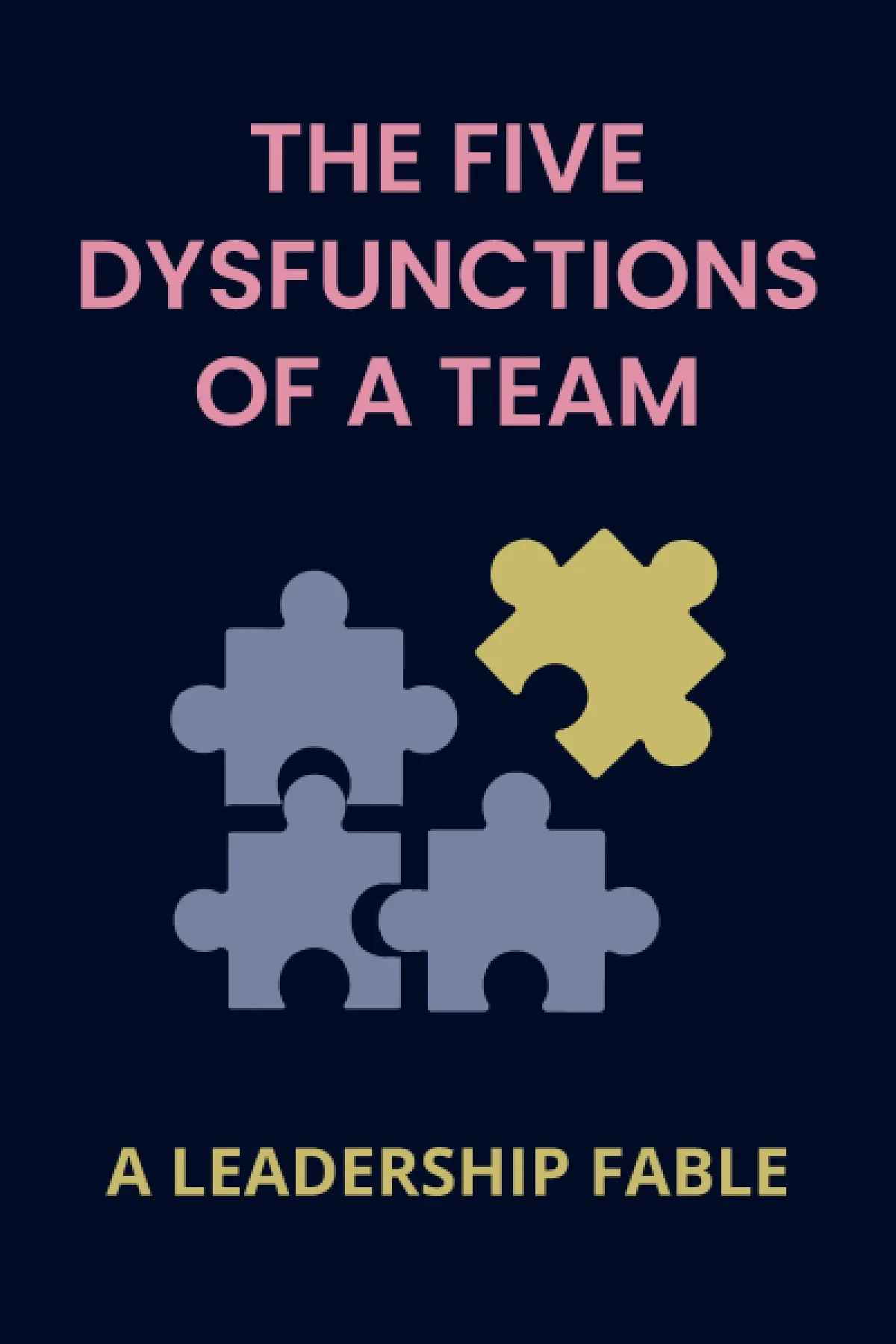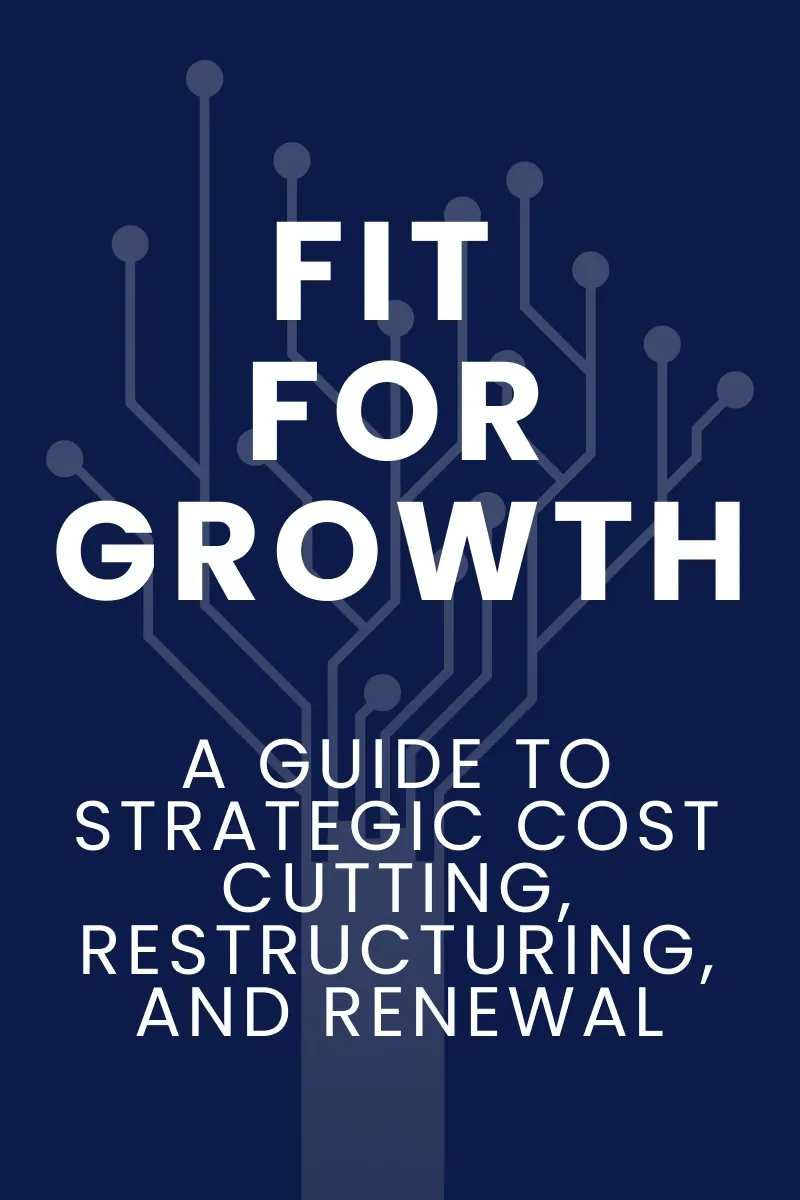
Never Split the Difference
Brief Summary
Have you ever struggled to come to an agreement in conflict? Or perhaps wondered which negotiation techniques might help you seal the best possible business deal? Look no further because “Never Split the Difference” teaches you all about becoming a successful negotiator.
Topics
Key points
Key idea 1 of 8
The practice of taking hostages has existed since humans started waging war on each other. However, there wasn’t really a way or a procedure of liberating those hostages – besides, of course, sending more armed troops to free them in battle. This regularly led to occasions where lots of hostages were murdered. However, things only took a turn in the 20th century, when people began looking for new ways to deal with hostage situations. So, instead of sending more armed troops, they started relying on negotiators, hoping to resolve the issue without bloodshed.
At the end of the 20th century, researchers realized that negotiation isn’t limited to hostage situations. It is also applicable in business, as well as in many other areas. 1979 was the year when the Harvard Negotiation Process, the first complex study of negotiation, was established. Nevertheless, their thought process had a significant flaw. They assumed that negotiations were utterly rational and based on adequate estimates of gain and loss. They failed to factor in the complexity of human emotion.
Amos Tversky and Daniel Kahneman, two professors from the University of Chicago, attempted to prove that humans are inherently irrational. They identified about 150 kinds of human biases that affect our worldview. Such included Loss Aversion, the idea that people are more likely to do something to prevent a loss than to get a benefit of the same value. There is also the Framing Effect, which makes us perceive the same things differently depending on their presentation. For example, most people interpret a step from 80 to 100 percent as more significant than a step from 30 to 50, even though they are rationally the same value. We’ve only named 2 out of 150, but you get the point – we are all susceptible to cognitive biases.
So, negotiating rejects the rational approach. To succeed at it, you must understand human psychology in depth. It’s vital to realize how to work around human emotions and, even more importantly, how to work with them. And the key is that, due to our emotionality, every person subconsciously craves to be heard and understood. In other words, providing acceptance and empathy will likely make negotiations more successful. It instills a sense of safety in the person that you’re negotiating with. Even the FBI has been training their recruits to negotiate according to human psychology.
You may also like these summaries











